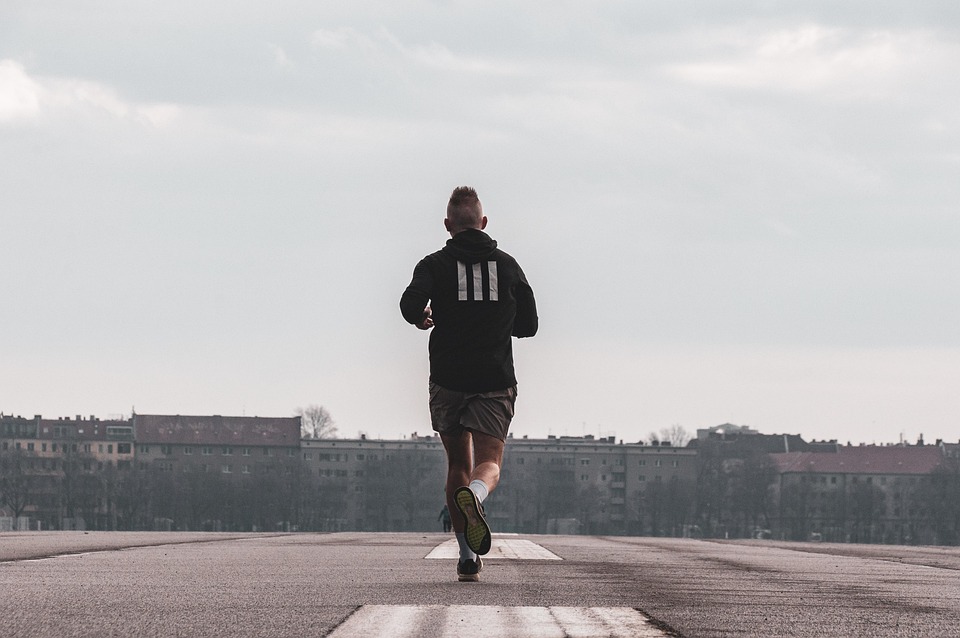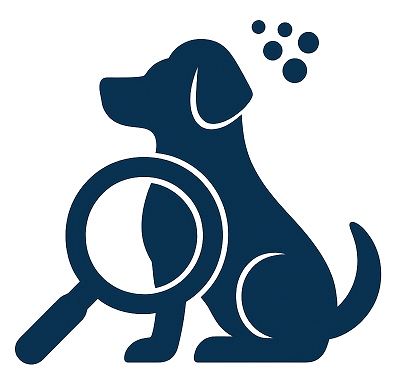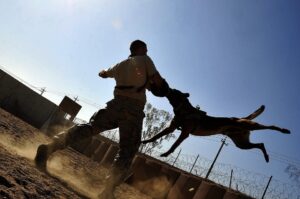
Understanding Separation Anxiety in Dogs
Dogs are naturally social creatures that thrive on companionship, whether from their human family or other animals. When left alone, some dogs may experience separation anxiety, which can manifest as destructive behavior, excessive barking, or even attempts to escape. Understanding what causes separation anxiety is the first step in helping your dog remain calm when home alone.
Separation anxiety can be triggered by various factors, including changes in routine, a move to a new home, or the loss of a family member. Recognizing these triggers allows you to address the root cause of your dog’s distress and implement effective training techniques.
Recognizing the Signs of Separation Anxiety
It’s crucial to differentiate between normal behavior and signs of anxiety. Common indicators of separation anxiety include:
– Excessive barking or whining when left alone
– Destructive behavior, such as chewing furniture or scratching doors
– Attempts to escape from the house or crate
– Pacing and restlessness
– Accidents in the house, even if the dog is house-trained
Observing these behaviors can help you tailor your training approach to suit your dog’s specific needs.
Start with Basic Obedience Training
Before addressing separation anxiety, ensure your dog has a solid foundation in basic obedience training. Commands such as “sit,” “stay,” and “come” build trust and improve communication between you and your pet. A well-trained dog is more likely to feel secure and confident, which can reduce anxiety when left alone.
Training sessions should be short, consistent, and reward-based. Positive reinforcement through treats, praise, or playtime encourages your dog to repeat desired behaviors.
Gradual Desensitization
Gradual desensitization is a technique that involves slowly acclimating your dog to being alone. This method helps reduce anxiety by showing your dog that being alone isn’t something to fear. Here’s how to implement it:
Step 1: Short Departures
Begin by leaving your dog alone for just a few minutes. Use a specific cue, such as “I’ll be back,” to signal your departure. Return promptly and avoid making a big fuss over your return. Gradually increase the time you are away, ensuring your dog remains calm during each separation.
Step 2: Increase Duration
As your dog becomes comfortable with short absences, extend the duration of your departures. It’s essential to do this gradually to prevent your dog from becoming anxious. Monitor your dog’s behavior and only increase the time when they consistently remain calm.
Step 3: Vary Departure Cues
Dogs are quick to pick up on cues that indicate you’re leaving, such as picking up your keys or putting on your shoes. Vary these cues and perform them without actually leaving to reduce their association with your departure.
Create a Safe and Comfortable Environment
A safe and comfortable environment can help your dog feel secure when alone. Consider the following tips to create a calming space for your pet:
– Provide a cozy bed or crate where your dog can retreat to feel safe.
– Leave familiar scents, such as a piece of clothing you’ve worn, to comfort your dog.
– Ensure your dog has access to fresh water and a few favorite toys to keep them occupied.
Interactive Toys and Puzzles
Keeping your dog’s mind engaged while you’re away is an excellent way to alleviate anxiety. Interactive toys and puzzles provide mental stimulation and can distract your dog from your absence. Consider investing in toys that dispense treats or require problem-solving skills to keep your dog entertained.
Establish a Routine
Dogs thrive on routine and predictability. Establishing a consistent schedule for feeding, walks, and playtime can help your dog feel more secure. When your dog knows what to expect, they’re less likely to become anxious when left alone.
Exercise Before Leaving
A tired dog is a calm dog. Ensure your dog gets plenty of exercise before you leave the house. A long walk, a game of fetch, or a run in the park can help expend excess energy, making it easier for your dog to relax when you’re not home.
Consider Professional Help
If your dog’s separation anxiety is severe or doesn’t improve with at-home training, consider seeking professional help. A certified dog trainer or animal behaviorist can provide personalized guidance and develop a tailored training plan for your dog.
Gradual Transitions
If your dog is accustomed to having someone at home most of the time, sudden changes can be overwhelming. If possible, gradually transition your dog to being alone by slowly increasing the time they spend without human company.
Medication and Supplements
In some cases, medication or natural supplements may be necessary to help your dog manage anxiety. Consult with your veterinarian to discuss options that may be suitable for your pet. Medications should be used in conjunction with training and environmental modifications for the best results.
Stay Calm and Positive
Dogs are highly attuned to their owner’s emotions. If you’re anxious or stressed about leaving your dog alone, they’re likely to pick up on these feelings. Maintain a calm and positive demeanor during departures and returns to help your dog feel more at ease.
Monitor Progress and Adjust as Needed
Training your dog to stay calm when home alone is an ongoing process. Regularly monitor your dog’s progress and adjust your training methods as needed. Celebrate small victories and remain patient as your dog learns to cope with being alone.
Conclusion
Training your dog to stay calm when home alone requires time, patience, and consistency. By understanding the causes of separation anxiety and implementing gradual desensitization techniques, you can help your dog feel more secure and confident in your absence. Remember that each dog is unique, and what works for one may not work for another. With dedication and understanding, you can create a peaceful environment for your dog, ensuring they remain calm and happy when you’re not around.













